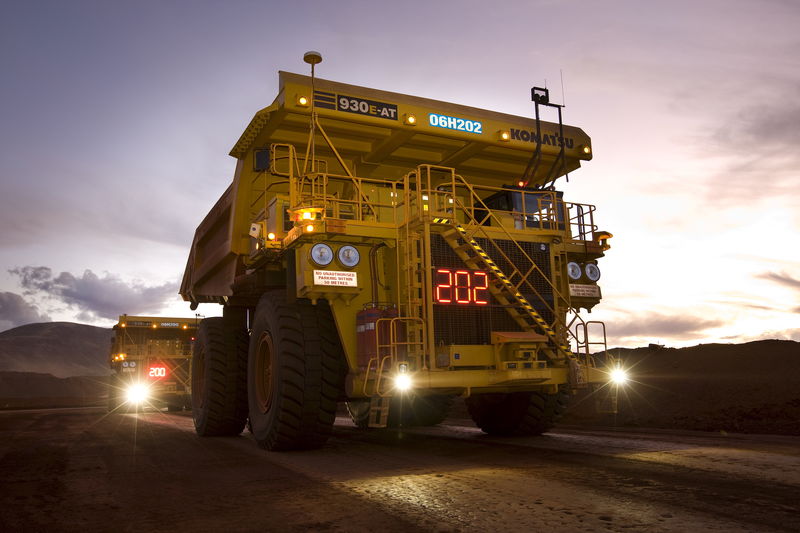In today's increasingly eco-conscious world, Environmental Impact Assessments (EIAs) have become a vital part of the mining exploration process. These assessments not only fulfil legal requirements but also serve as a comprehensive guide for investors and stakeholders in evaluating the sustainability and long-term viability of a mining project.
What are they?
An Environmental Impact Assessment is a systematic process that identifies, predicts, and evaluates the environmental effects of a proposed project. In the context of mining exploration, an EIA provides a detailed analysis of how the exploration and eventual extraction of minerals will impact the surrounding environment. This includes effects on air and water quality, flora and fauna, and local communities.
Legal requirements
In many jurisdictions, conducting an EIA is a legal requirement before any mining exploration or extraction can commence. Regulatory bodies, often at the national or state level, review the EIA to determine whether the project should proceed, require modification, or be halted altogether. Failure to comply with these regulations can result in severe penalties, including fines and legal action, which can significantly impact the project's timeline and financial viability.
Investment implications
For investors, an EIA serves as a crucial risk assessment tool. A well-executed EIA can indicate a mining company's commitment to sustainable practices, reducing both environmental and financial risks. Conversely, a poorly conducted EIA can be a red flag, signalling potential future complications that could affect the return on investment (ROI).
Components of an EIA
A comprehensive EIA typically includes the following components:
Baseline data collection: Gathering existing environmental data for comparison with future conditions.
Impact prediction: Forecasting the environmental impacts based on the proposed mining activities.
Mitigation measures: Outlining strategies to minimise negative environmental impacts.
Public consultation: Engaging with local communities and stakeholders to gather feedback.
Monitoring plan: Establishing procedures for ongoing environmental monitoring throughout the project's lifecycle.
Stakeholder engagement
One of the most overlooked yet crucial aspects of an EIA is stakeholder engagement. This involves consultation with local communities, environmental organisations, and other interested parties. Their input can offer valuable insights into the local environmental conditions and potential social impacts, which can be instrumental in shaping the project.
Case studies
Several case studies highlight the importance of EIAs in mining exploration. For instance, a mining project in South America that initially overlooked its EIA faced significant delays and financial losses due to subsequent environmental litigation.
On the other hand, a mining company in Africa that invested in a thorough EIA not only met all regulatory requirements but also attracted additional investment due to its demonstrated commitment to sustainability.
Conclusion
Environmental Impact Assessments are an indispensable component of modern mining exploration. They serve as a comprehensive tool for understanding the environmental implications of a proposed project, fulfilling legal requirements, and informing investment decisions.
For investors, paying close attention to the quality and thoroughness of an EIA can provide significant insights into a project's long-term viability and sustainability.
